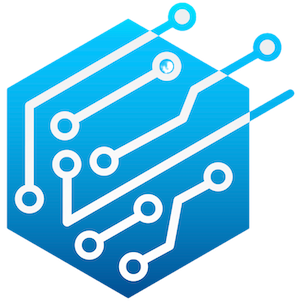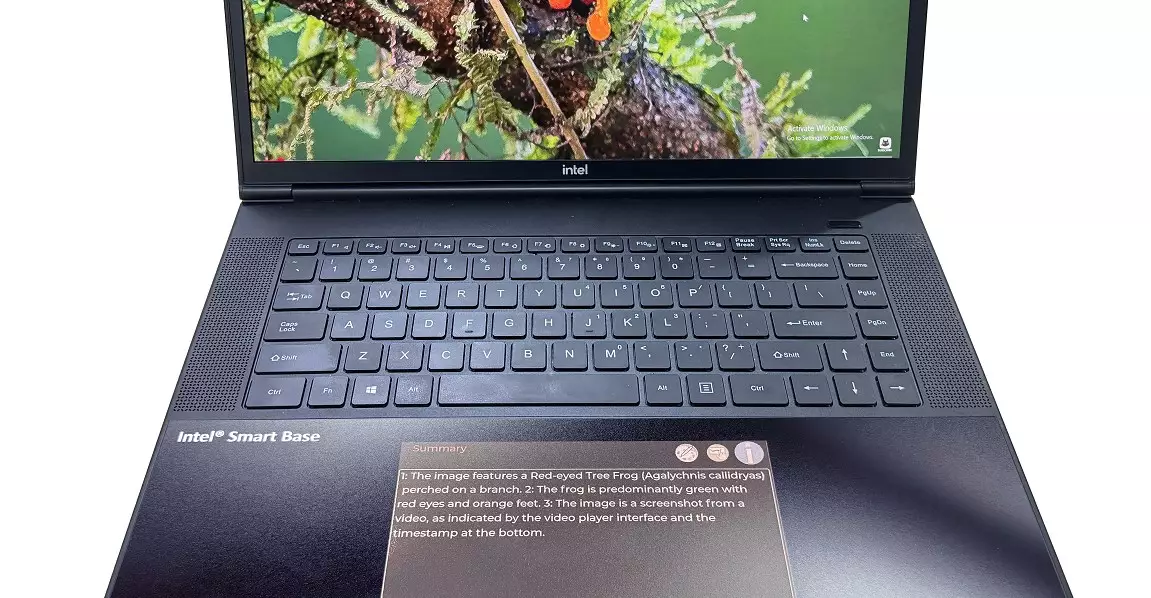The technological landscape is perpetually evolving, and E Ink’s latest innovation could very well be a game-changer for laptop interfaces. While many have experimented with secondary displays or touch-enabled surfaces, E Ink’s approach introduces a paradigm shift by leveraging its renowned electronic paper technology. Unlike conventional touchscreens cluttered with vibrant, power-hungry displays, this new touchpad promises a quiet revolution—delivering information seamlessly without draining your battery or distracting your focus.
This shift is more than just a hardware upgrade; it signifies a deliberate move toward creativity and efficiency in how we interact with our devices. Rather than competing for attention with the primary screen, E Ink’s envisioned touchpad serves as a dedicated workspace for AI assistants, notifications, and quick-access tools. It positions itself as a proactive helper rather than a passive display. The implications could be profound, allowing users to stay focused on essential tasks while keeping auxiliary information just a glance away—without the typical clutter of open windows or multiple tabs.
Beyond Basic Enhancements: A Strategic Use of E Ink’s Capabilities
The true strength of this technology lies in its unique advantages—most notably in power efficiency and readability. E Ink’s low-power characteristics, which only draw energy during display updates, directly address one of the most pressing concerns in today’s portable computing: battery life. As we integrate more AI-driven features into our workflows, laptops demand increased power, often sacrificing portability. E Ink’s display promises to mitigate this issue, allowing for updates and interactions without constant energy drain.
Furthermore, E Ink’s past success in static displays like e-readers and digital signage underscores its reliability and clarity, especially in bright environments. While color options are still developing, the potential for a full-color, always-on touchpad opens possibilities for richer notifications, alerts, and even mood-enhancing visuals that stay visible in any lighting condition. These features could make the laptop’s touchpad more than just a navigational aid—transforming it into an intelligent hub capable of adapting to user needs dynamically.
The Limitations and Untapped Potential
Despite the promising concept, critical questions linger regarding the practical deployment of this technology. For one, the resolution and responsiveness of the E Ink touchpad could be limiting factors—especially when used for active tasks requiring smooth, detailed interactions. Unlike LCD or OLED screens, E Ink’s slower refresh rates and limited color spectrum might restrict its use cases to secondary functions rather than primary content interaction.
Moreover, the integration within existing operating systems remains unclear. Will it operate independently, or will it require specialized software? Will it be natively compatible with Windows or macOS, or will it depend on proprietary drivers? Without clear technical specifications or a timeline, these unanswered questions cast a shadow over the technology’s immediate prospects.
Another concern is user distraction. A color E Ink display designed to serve AI notifications or shortcuts could be visually appealing but potentially distracting if not implemented thoughtfully. Striking the right balance between utility and visual simplicity will be crucial in ensuring that the touchpad enhances productivity rather than detracting from it.
Potential Impact on the Future of Laptop Design
The strategic benefits of adopting E Ink’s low-power, customizable touchpad extend beyond individual convenience. It hints at a future where laptops become more modular, adaptable devices that evolve based on user priorities. Imagine a device where secondary displays are not just enhancements but integral components of the user interface, offering context-sensitive information that is always available.
This innovation also challenges traditional notions of hardware design—pushing makers to think differently about input surfaces and auxiliary displays. As AI continues to embed itself into daily workflows, features like this could become standard, fundamentally shifting how we multitask and communicate with our devices.
While the technology is not yet mature enough for mass adoption, its possibilities are undeniably exciting. If fully realized, E Ink’s touchpad could redefine the boundaries of low-power, high-functionality laptops, opening pathways for smarter, more efficient, and unobtrusive computing experiences that prioritize user focus and longevity.


Leave a Reply